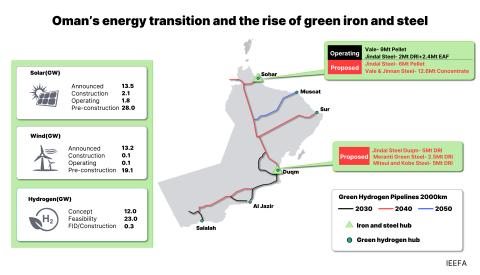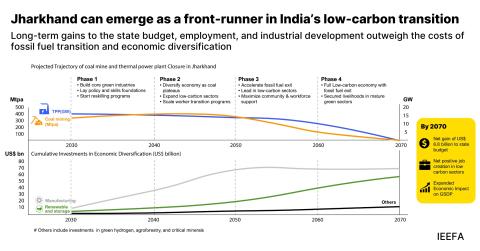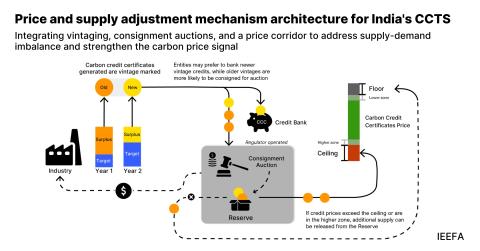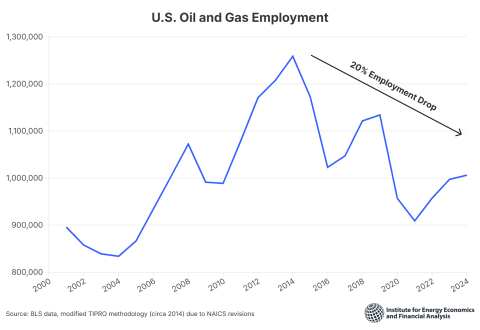Material risks: How public accountability is slowing tar sands development
Download Full Report
Key Findings
Tar sands and pipeline campaigns are a recent example of how public advocacy efforts can shape capital investment decision making.
Polling completed for the Canadian Association of Petroleum Producers (CAPP) in late 2013 showed that the majority of Canadians (51%) believe that, “while there is a need for energy in Canada, it does not outweigh the environmental risks with oil sands development.”
It is expected that sometime during late 2014 or early 2015 the United States government will make a critical decision that could move the project forward or cause its cancellation or further delay. Whatever the decision, the storyline of unfettered growth attached to Keystone and other tar sands projects has been permanently altered.
Executive Summary
The Keystone XL tar sands pipeline is one of the most talked about North American energy and political issues of the era. Once thought inevitable, the project and Canada’s plan to expand tar sands production have been confronted by an accumulation of economic and political risks creating a veritable ‘carbon blockade.’
As Canadian leaders and citizens wrestle with an industry plan to more than double the daily output of tar sands crude, stakeholders in and outside of Canada have created a debate over local environmental and global climate costs. U.S. and Canadian decision makers have taken a second look as project delays take a financial and political toll on proposed projects. The delays and cancellations have exposed the fact that tar sands investments, once thought to be highly lucrative, are showing signs of financial weakness. With growing public awareness and market hesitancy, expansion of tar sands production in Canada will remain contested terrain for the foreseeable future.
If Canadian oil producers are able to succeed with their large scale build out plans, over 21 billion barrels of tar sands crude will be produced over the next sixteen years (to 2030). In that time, industry intends to increase daily production from current levels of 2 million barrels per day (mbpd) to possibly as high as 4.8 mbpd or even more.
Tar sands production is landlocked. Expansion of transport infrastructure is essential to production growth. The Keystone XL pipeline campaign has, to date, delayed this pipeline infrastructure project for over five years. Additional campaigns have effectively delayed every proposed export pipeline project, including Northern Gateway, Alberta Clipper, and Energy East. The delays have cost producers money and time, reducing the price they have received for tar sands crude as supply has outpaced the capacity of transport infrastructure to carry tar sands crude to new markets.
During the debate over Keystone, market changes have taken place that are also weakening the financial viability of tar sands projects. In 2014 alone, three significant projects have been canceled and more are in significant financial distress. Junior tar sand producers are, as a group facing capital market access problems. In addition, the industry faces a growing constellation of risks as project economics become pressured by low oil prices and shrinking revenues, rising costs, smaller profit margins, tougher capital markets, transport constraints, environmental challenges and protectionist legislation.
Most analysts consistently cite “transportation and infrastructure constraints” and “lack of international market access” as major reasons for concern. These factors are directly linked to public accountability efforts around climate and other environmental issues that appear certain to only grow stronger in the coming years. In addition, the recent fall in oil prices only reduces margins, thus further undermining the viability of project finance. Tar sands producers need pipelines to move their product as cheaply as possible to the most lucrative markets more than ever before.
This report is a joint effort by the Institute for Energy Efficiency and Financial Analysis and Oil Change International to describe the changes happening in the tar sands market, discern the reasons for these changes, and forecast the impacts of continuing trends. Our principal findings are:
- Lack of market access, caused in large part by public accountability actions driven by pipeline campaigns, has played a significant role in the cancellation of three major tar sands projects in 2014 alone- Shell’s Pierre River, Total’s Joslyn North, and Statoil’s Corner Project.
- Combined, these projects would have produced 4.7 billion barrels of bitumen that would in turn have released 2.8 billion metric tonnes of carbon dioxide (CO2) into the atmosphere. This is equivalent to the emissions of 735 coal plants in one year, or building 18 new coal plants that will last 40 years each.
- After years of increased spending in the tar sands, capital expenditure (Capex) has peaked and has begun to decline. We project that this erosion of Capex spending levels from current plans will continue as tar sand producers increasingly acknowledge the constellation of risks described in this report.
- Public accountability in the form of pipeline campaigns has been a major factor in reducing revenues to tar sands producers. Overall, tar sands producers lost $30.9 billion between 2010-2013 due to wider price differentials caused by transportation bottlenecks and the flood of crude coming from tight oil fields. Of that, $17.1 billion or 55 percent can be credibly attributed to the impact of public accountability campaigns.
- Tar sands producers are underperforming the stock market. Nine of ten leading tar sands producers in Canada have underperformed the stock market in the last five years.
- Leading industry experts have recently downgraded their outlook for future tar sands production. This downgrade takes place as transportation constraints persist.
In addition to evaluating current impacts of public accountability to date, we also have constructed a forecast model to estimate what continued public pressure on pipeline infrastructure may do to tar sands production. Our forecast analysis projects trends out to 2030 and finds that:
- If pipeline campaigns and associated public accountability efforts continue to drive transportation constraints, up to 6.9 billion barrels of tar sands oil could be left underground. In other words, if no new pipelines are built, our forecast predicts that an additional 4.1 billion tonnes of CO2 will not be released into the atmosphere. Spread over the 16 years of this forecast, these emissions are the equivalent of the emissions from 67 average U.S. coal plants or nearly 54 million average passenger vehicles.
- Capital expenditure (Capex) is expected to decline steadily for years and our forecast does not envision it returning to current levels for at least 15 years, if ever. Increased investment in the tar sands is only likely to take place if all or most market access issues are solved.
Tar sands pipeline campaigns are a recent example of how public advocacy efforts can alter capital investment decision making. The Keystone XL campaign has managed thus far to delay a final governmental decision on the project while raising public awareness about the environmental costs of tar sands development. These citizen interventions have resulted in increased diligence by government agencies with public health and environmental mandates, impaired the project development process of the capital markets and mobilized a permanent, political constituency in support of alternatives to tar sands expansion.
“There is no way we could have ever predicted that we would become the lightning rod for a debate around fossil fuels and the development of the Canadian oil sands.” Russ Girling, CEO, TransCanada, 2011
Press release: Report: ‘A Constellation of Risks’: How Public Accountability Is Slowing Tar Sands Development
Please view full report PDF for references and sources.
















